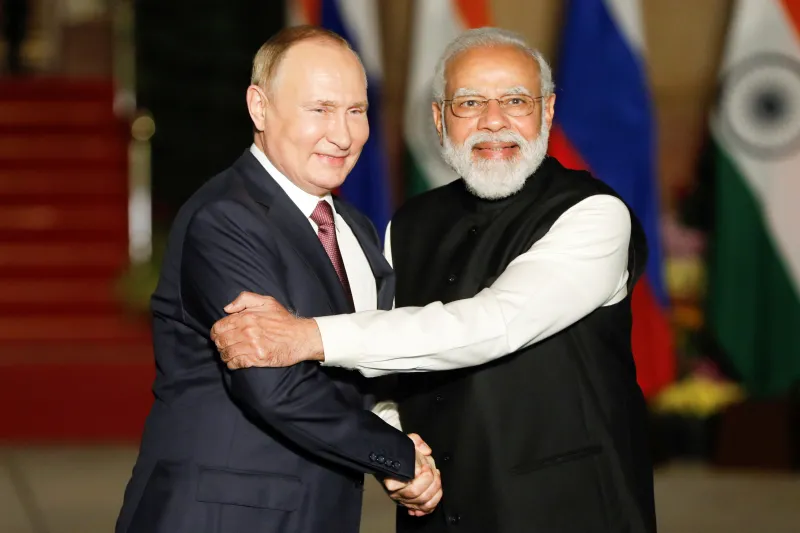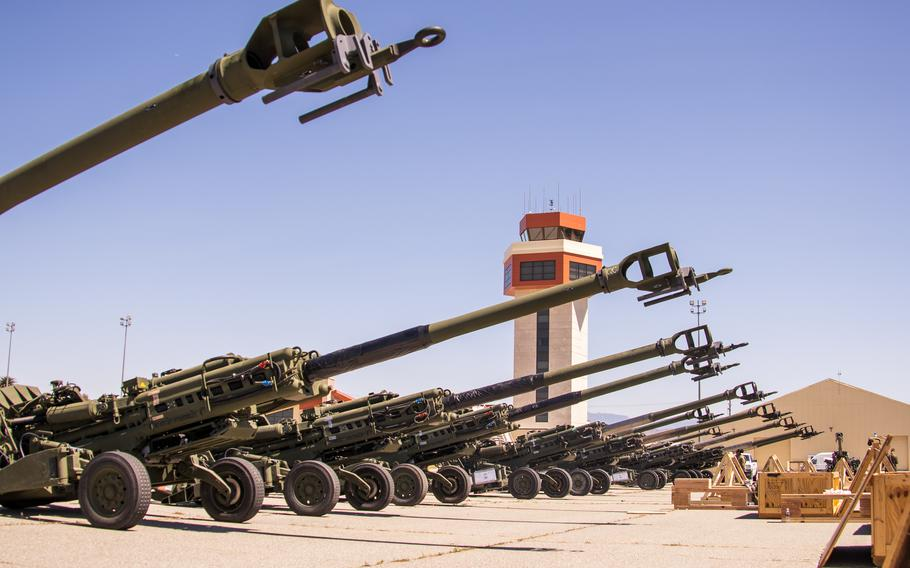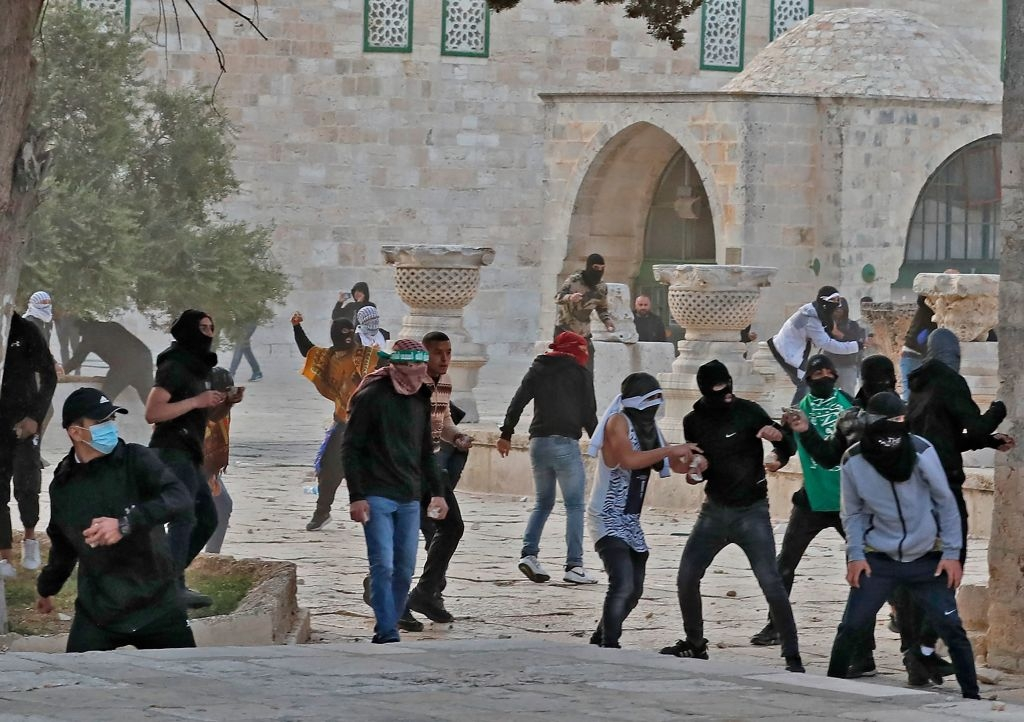Turkey’s Lethal Weapon

From Ukraine to Syria, Drones Are Reshaping Erdogan’s Foreign Policy
On April 14, Ukrainian forces stunned the world when they sank the Moskva, the heavily armed cruiser that was the flagship of Moscow’s Black Sea fleet. As widely noted in the international press, the Ukrainians succeeded in hitting the ship with their homegrown Neptune missiles, despite the ship’s significant defenses. What has been somewhat less noted, however, were the foreign-made drones that enabled this remarkable attack: according to Ukrainian officials, the strike was coordinated by a pair of Turkish Bayraktar TB2 unmanned drones, which were able to evade the ship’s radar and which provided precise targeting information for the missiles.








